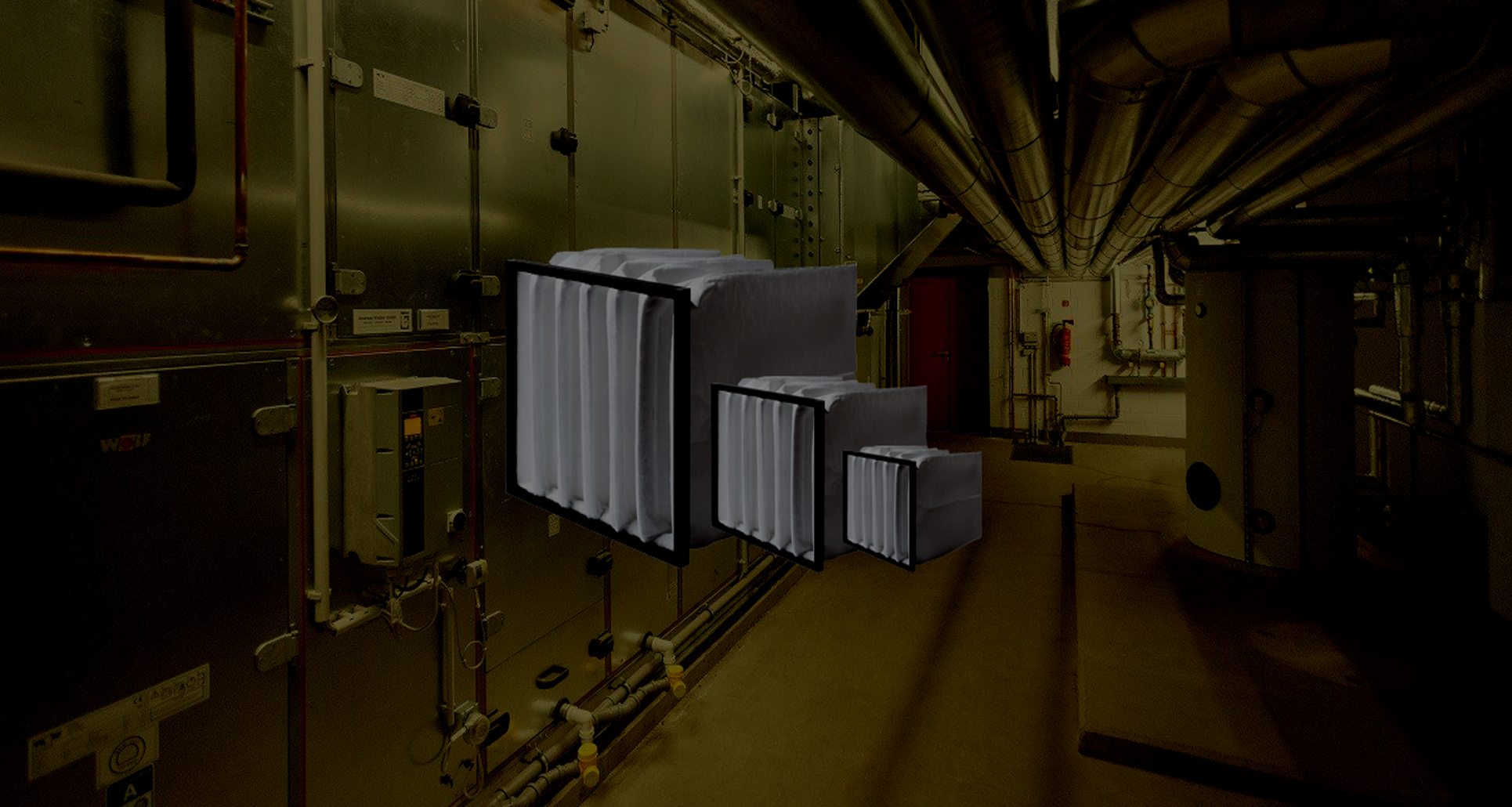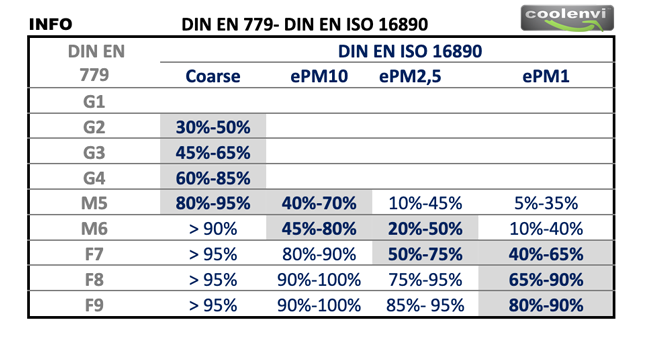
Air Filter Media, Technology & Accessories for HVAC and Climate Systems
Explore reliable air filter media, parts and accessories for HVAC and climate control systems – supporting efficient performance, servicing, upgrades and the sustainable preservation of your property.

From EN 779 to ISO 16890 – what has changed?
The release of DIN EN ISO 16890 in December 2016 marked the gradual replacement of the old DIN EN 779 standard. Both standards ran in parallel for a short transition period, but EN 779 was officially withdrawn in 2018. For manufacturers, this meant filters had to be tested and labelled according to the new rules. For designers, installers and users, the change introduced new filter classes and requirements. It was important that all parties – from producers to end-users – understood and applied these changes when buying or replacing filters. Note: Filters made under EN 779 can still be used until they reach the end of their service life. For new orders or system upgrades, however, ISO 16890 should be followed.
Air filters under ISO 16890 – the new classification
ePM1: captures ultrafine particles below 1 µm, like smoke, bacteria and some viruses.
ePM2.5: removes particles up to 2.5 µm, including fine dust, pollen and mould spores.
ePM10: filters larger particles up to 10 µm, such as coarse dust and insect spores.
ISO Coarse: traps larger impurities like insects, leaves and coarse dust, often used as a pre-filter to extend the life of finer filters.
Efficiency is shown as a percentage, describing how effectively a filter captures particles of a given size.
Conclusion for online shop selection
With ISO 16890, filter performance is clear and easy to compare. Choosing the right filter depends on where it will be used: For sensitive areas, ePM1 filters are best. For homes or offices, ePM2.5 filters are usually ideal. ePM10 or Coarse filters are mostly used as pre-filters or for less demanding applications. This ensures reliable performance, clean air quality and longer-lasting systems.










